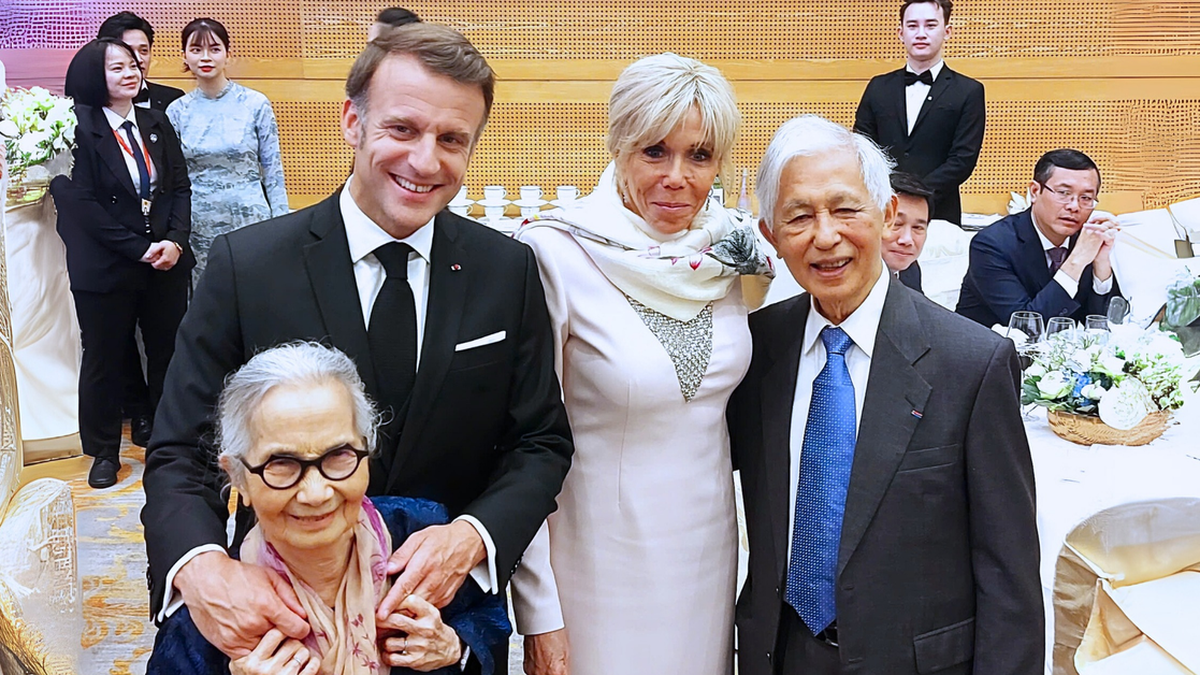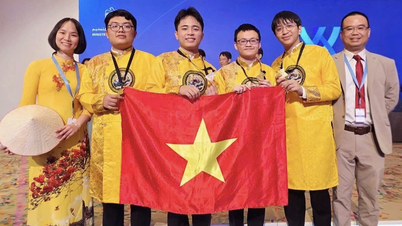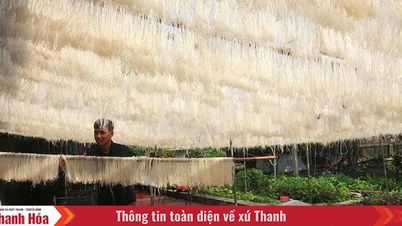 |
Quantum dots are semiconductors that have completely transformed the experience of color and light on TV screens. Over the years, Samsung has been working to commercialize and bring quantum dot technology to the forefront of its TV lineup, including QLED and OLED TVs, which deliver the highest levels of color accuracy and brightness.
 |
Mr. Yohan Zondak - Head of Visual Display, Samsung Southeast Asia and Oceania. |
“Samsung believes that consumers deserve both superior performance and peace of mind. That’s why we invest in developing displays that are not only better but also safer. The QLED TVs prove that premium quality doesn’t have to come without compromise,” said Yohan Zondak, Director of Samsung Visual Display, Southeast Asia and Oceania.
If you own a Samsung QLED or OLED TV, you’ve probably experienced brighter, more beautiful picture quality. Powered by quantum dot technology, Samsung’s premium TVs are ideal for gamers, sports fans, and entertainment enthusiasts to immerse themselves in their favorite content.
The journey towards the democratization of quantum dot TV comes with a significant challenge: not only providing a high-quality experience but also ensuring user safety. In an interview with Yohan Zondak, Head of Visual Display, Samsung Southeast Asia and Oceania, we discuss the scientific breakthroughs, challenges and the future of this groundbreaking technology that is redefining what is possible for home entertainment.
The journey to developing cadmium-free quantum dot technology
Quantum dot technology made waves in its early days, thanks to its ability to reproduce superior color and contrast. However, the technology at the time required the use of cadmium composite materials. This was a serious problem because cadmium is one of 10 substances strictly regulated under the Restriction of Hazardous Substances Directive (RoHS), which aims to limit the amount of toxic chemicals in electronic devices. Simply put, cadmium is a material that is harmful to both human health and the environment.
Yohan Zondak shared that Samsung asked itself how to achieve the exceptional color performance that quantum dots can deliver without using cadmium?
It took some effort. But in 2014, Samsung patented the world’s first cadmium-free quantum dot material. It uses indium phosphide as a viable alternative in quantum dot displays, offering comparable performance to cadmium composites.
This breakthrough required considerable effort to realize, as indium phosphide compounds are chemically less stable than cadmium compounds. This required the development of specialized polymer materials for quantum dot films, along with new stabilization techniques to ensure that the cadmium-free quantum dots could withstand high temperatures and intense light without degrading.
The biggest benefit of this innovation is its positive environmental impact. By eliminating cadmium from the QLED TV manufacturing process, Samsung has eliminated a toxic substance from millions of homes, while still delivering the vibrant colors and superior brightness that consumers expect.
How to recognize genuine quantum dot technology?
In Samsung's QLED TV lines, quantum dots act as the core material that can convert or emit light. Therefore, quantum dots are an indispensable component in the operating mechanism of the screen.
However, as Samsung’s QLED technology has become increasingly known for its superior picture quality, the company has also seen the term “QLED” used as a marketing label in the industry. Samsung wants to help consumers better understand what a genuine QLED TV really is.
 |
At the Southeast Asia Display 2025 conference in Bangkok, Thailand, Samsung described its QLED technology, which ensures color accuracy, brightness, safety and security. |
There are three important factors that consumers should keep in mind when choosing a genuine quantum dot display.
First, the total quantum dot material content - Samsung's QLED TVs contain a large amount of actual quantum dot material, far exceeding the minimum required to deliver noticeable color improvements, especially in the red and green ranges.
Second, the presence of dedicated quantum dot optical components that separate the color-determining part from the LED backlight is what allows the TV to achieve both color accuracy and screen brightness of up to 2,000 nits. The quality of this quantum dot film plays a key role in vivid color expression, and also affects the performance and longevity of quantum dot TVs.
Third is the lack of cadmium. Samsung has invested heavily in developing quantum dot TV technology that is safer without sacrificing picture quality. To date, the company has filed about 150 patents related to cadmium-free quantum dot technology.
QLED technology meets home entertainment needs
Maintaining consumer trust starts with transparency. Samsung clearly defines what a genuine quantum dot display is. Specifically, a quantum dot display is one that uses quantum dots to convert optics or emit light as its core display technology. Samsung wants customers to understand what they are buying.
To ensure authenticity, the company seeks rigorous verification from independent third parties. For example, the brand’s cadmium-free quantum dot technology has been verified by SGS, a global leader in testing and certification. Samsung also adheres to the Common Criteria certification standard, a standard for assessing the safety of IT products; the brand’s Knox security platform is integrated into its 2024 TVs and has received the certification for 10 consecutive years.
 |
Samsung's QLED TVs are certified "Real Quantum Dot Display" by TUV Rheinland, confirming that they meet global standards for quantum dot display structures. |
In addition, when the scientific journal Nature Nanotechnology conducted a survey in 2019 with the world's leading experts on the criteria of a product based on nanotechnology, most agreed that it was screens upgraded with quantum dot technology - the QLED TV models that Samsung has produced.
Yohan Zondak believes consumers deserve both superior performance and peace of mind. That’s why Samsung is investing in not only better displays, but also safer ones. The elimination of harmful substances like cadmium and the integration of the advanced security platform Samsung Knox demonstrate that superior performance does not have to come at a cost.
The continued growth of quantum dot technology in the entertainment industry is due to core advantages such as accurate color reproduction, high brightness and impressive energy efficiency. These factors are becoming increasingly important as the content consumers consume becomes more sophisticated and diverse.
 |
Deeply integrating AI technology with many practical features for daily life, Samsung continues to affirm its pioneering position in the AI TV era. |
One of the developments Samsung is pursuing involves electroluminescent quantum dots, in which quantum dots themselves convert electrical energy directly into light. This technology has the potential to take display technology to the nanoscale.
The brand is now integrating AI capabilities into its display technology to enhance the visual experience. For example, Samsung Vision AI helps Samsung TVs significantly improve picture and sound quality. On-device AI technologies analyze content and environmental factors in real time, and dynamically adjust picture and sound for the optimal experience.
Ultimately, the goal is for viewers to feel like they are immersed in the content, not just consuming it through a medium. With each advancement in quantum dot and other display technologies, brands are getting closer to realizing this vision.
This approach has played a key role in helping Samsung lead the global TV market for 19 consecutive years since 2006 (according to Omdia ), with its QLED TV line accounting for half of the market share in its segment.
Source: https://znews.vn/samsung-va-hanh-trinh-tao-ra-man-hinh-cham-luong-tu-vuot-troi-post1555267.html

























































![[Maritime News] Treasury Department Targets Diverse Networks Facilitating Iran's Oil Trade](https://vphoto.vietnam.vn/thumb/402x226/vietnam/resource/IMAGE/2025/7/14/43150a0498234eeb8b127905d27f00b6)









































Comment (0)